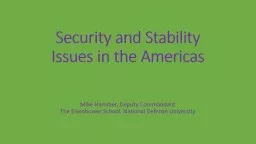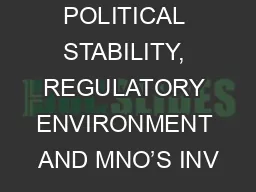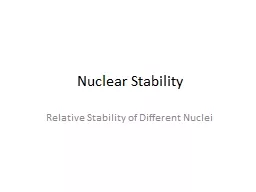PPT-Security and Stability Issues in the
Author : sherrill-nordquist | Published Date : 2019-02-22
Americas Mike Hammer Deputy Commandant The Eisenhower School National Defense University No other region of the world impacts US security and prosperity as directly
Presentation Embed Code
Download Presentation
Download Presentation The PPT/PDF document "Security and Stability Issues in the" is the property of its rightful owner. Permission is granted to download and print the materials on this website for personal, non-commercial use only, and to display it on your personal computer provided you do not modify the materials and that you retain all copyright notices contained in the materials. By downloading content from our website, you accept the terms of this agreement.
Security and Stability Issues in the: Transcript
Download Rules Of Document
"Security and Stability Issues in the"The content belongs to its owner. You may download and print it for personal use, without modification, and keep all copyright notices. By downloading, you agree to these terms.
Related Documents














